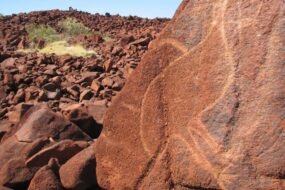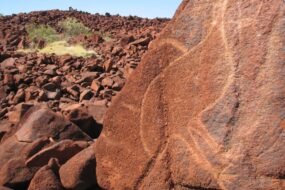
Many private initiatives complement the work of institutions like MACBA, and the city’s other public art organizations – MNAC, the Picasso Museum, CCCB, Hangar, La Virreina, CaixaForum, Arts Santa Mònica, and Fabra i Coats. Among them, the Miró, Tàpies, Suñol, and Vila Casas foundations are most notable. One could also mention KBr Barcelona and Foto Colectania, dedicated to photography. More recently, the Museum of Forbidden Art (owned by the collector and media magnate Tatxo Benet) and Moco Museum Barcelona have joined the list. The art offerings are vast and almost always of the highest quality.
Actually, Barcelona has always produced and shown good art, but collecting remains a specialist interest – one that doesn’t seem to hold very deep roots. Yet Rebeca Blanchard, Àlex Nogueras, and Patricia and Marta de Muga, partners at the Prats Nogueras Blanchard gallery (created earlier this year as a merger between two pre-existing galleries), underline that the failure to pass the tradition of collecting down from one generation to the next is partly offset by the European population owning second homes in the city. ‘Whereas in Madrid you will find Latin American collectors, we have many collectors from countries like Switzerland, Germany, and France, who live in Barcelona for part of the year. They are very respectful and open-minded. Furthermore, many of them are interested in Catalan artists, which we find quite nice of them.’
Their interest isn’t hard to understand. As with any art scene, buoyancy often comes from the artists themselves, something Dyangani Ose was quick to recognize. ‘Being at the helm of MACBA, I often receive very interesting, highly interdisciplinary proposals, and my encounters with this dynamic Barcelona remind of the city I knew over 20 years ago,’ she says. ‘I feel like this energy is now being recovered. Barcelona is beginning to believe in itself.’









